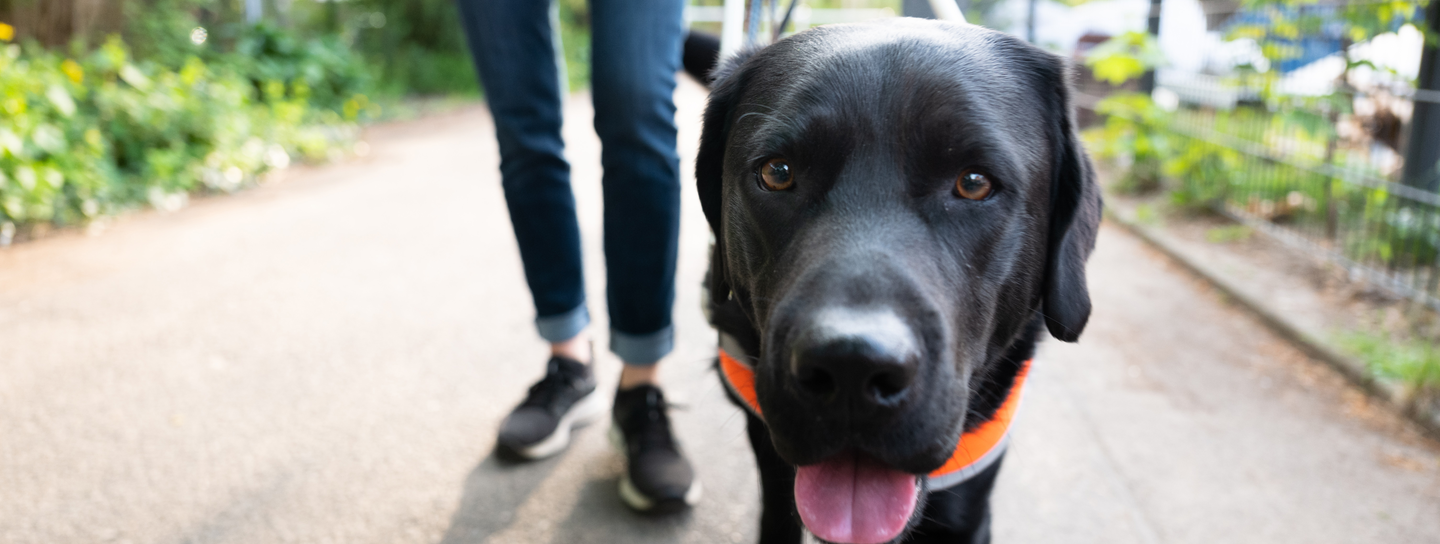
Service Animals
St. Luke’s welcomes your service animal. We understand the important work that service animals perform for our patients and visitors.

Service Animals
St. Luke’s welcomes your service animal. We understand the important work that service animals perform for our patients and visitors.
Information About Service Animals

A service animal is a dog or a miniature horse trained to do work or perform tasks for an individual with a disability.
- Service animals are not required to wear a vest, patch or any other kind of identification.
- St. Luke’s understands that patients and visitors may use service animals for disabilities that are not readily apparent. For example, a service animal might alert and protect a person who is having a seizure or calm a person with post-traumatic stress disorder (PTSD) during an anxiety attack.
Animals whose sole function is to provide comfort or emotional support do not qualify as service animals.
